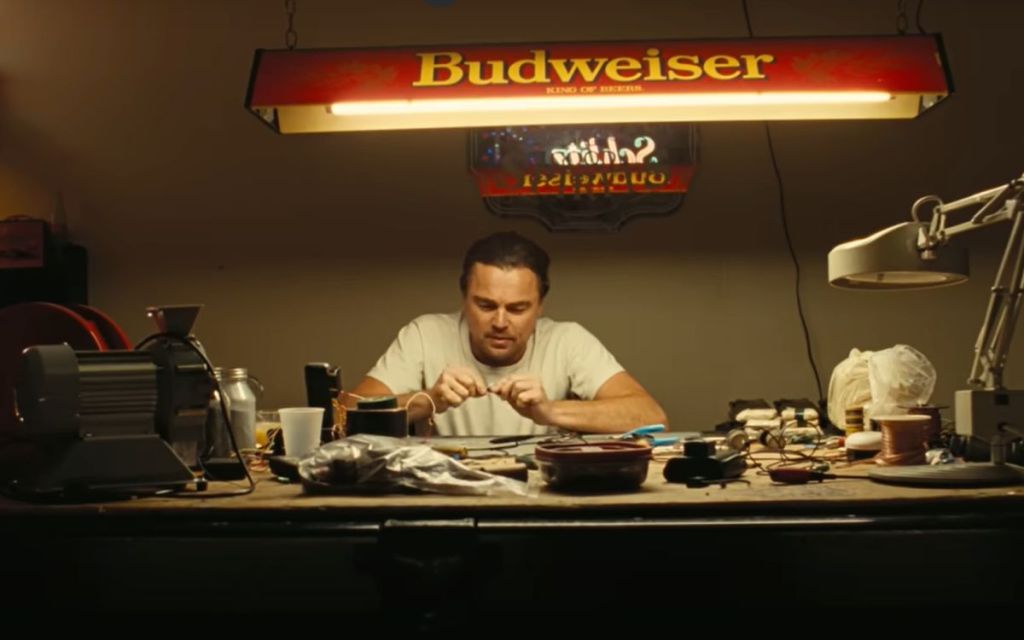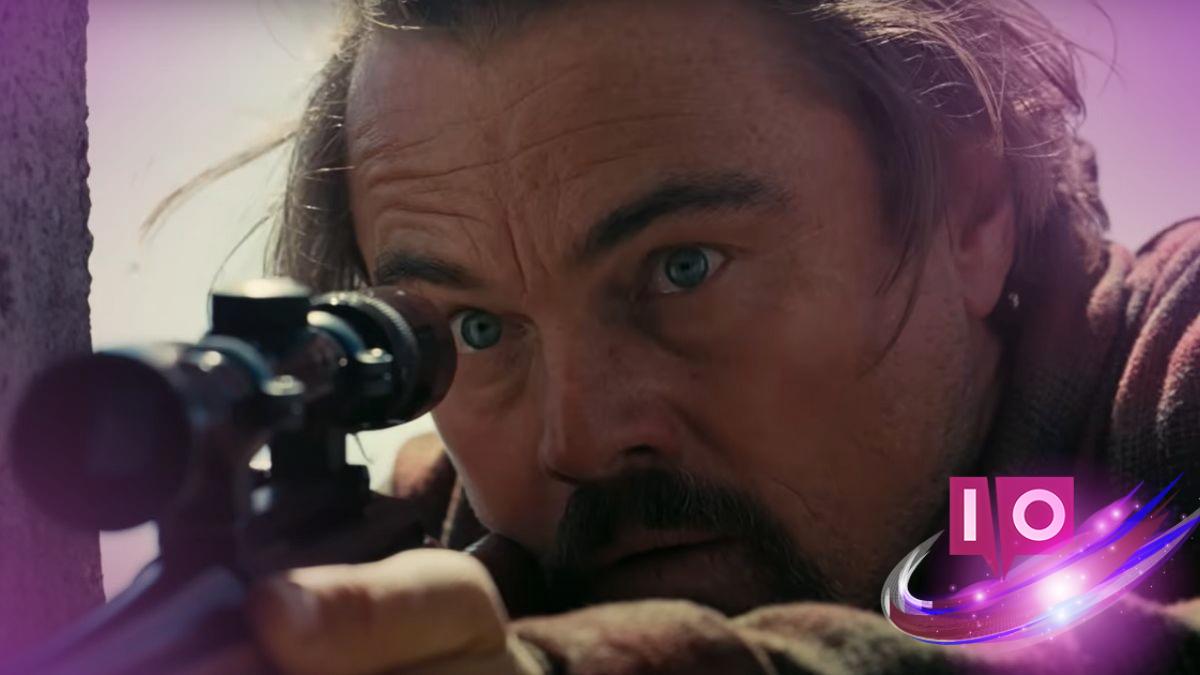Leonardo DiCaprio is synonymous with captivating cinema, making any film featuring his name feel like a trusted choice. However, even his stellar reputation can’t guarantee a hit, as seen in the film One Battle After Another. While DiCaprio’s screen presence is undeniably magnetic, the question remains: does this movie offer enough to justify its lengthy runtime and mixed portrayals? Let’s dive into this detailed review.
1. The Story Is Stretched and Painfully Long

This film ambitiously aims to tackle themes of revolution and regime resistance, evoking classics like V for Vendetta and Fight Club. However, instead of blending into the backdrop, One Battle After Another presents itself in glaring colors, losing the nuanced storytelling essential to compelling cinema.
At its core, we follow protagonists Bob Ferguson (Leonardo DiCaprio) and Perfidia Beverly Hills (Teyana Taylor), both members of the extremist group “French 75.” This organization portrays itself as revolutionary, yet, disappointingly, the film fails to convincingly navigate the fine line between activism and extremism.
Many audience members struggled with the film’s pacing, indicated by patrons leaving the theater within the first two hours. What begins as a narrative about revolution quickly devolves into a portrayal of fanaticism masquerading as righteousness. While the final 40-50 minutes, which focus on Bob and his daughter Willa’s relationship, offer a glimmer of emotional depth, much of the film’s length feels unjustified.
2. One Battle After Another Pushes All the Wrong Themes in Abundance
A significant concern with this film is its portrayal of themes related to revolution. The group “French 75” claims to seek justice; however, their actions often lean into extremism, raising eyebrows. Furthermore, the film objectifies women in ways that can discomfort viewers.
Why does one film manage to be celebrated while another, despite similar themes, is consumed with criticism? The answer lies in a variety of elements—plot, acting, pacing, and thematic accuracy. A film must balance darker realities with well-executed storytelling. In this case, One Battle After Another falters significantly.
This film wraps extremism in the guise of revolution, unnecessarily ties “Black Power” to violence, and promotes controversial ideas like open borders. Although the father-daughter subplot attempts to salvage some emotional depth, the overarching narrative fails to deliver a cohesive message.
3. Paul Thomas Anderson Leaves a Mark All Over
Despite its shortcomings, the film finds life through the directorial vision of Paul Thomas Anderson. Though his filmography may not be extensive, his unique style can still be recognized in this movie.
Anderson’s fluid camera work shines, particularly in a tense high-speed chase scene where viewers feel the urgency pulsating from the screen. He excels at crafting relatable characters caught in complex situations, illustrated prominently through Lockjaw’s attempts at connection and approval amidst chaos.
Despite the solid directorial touches, other aspects of One Battle After Another overshadow this creative vision, leaving audiences wanting more.
4. Should You Watch One Battle After Another?
So, is One Battle After Another worth your time and money? If you’re a die-hard DiCaprio fan, the sheer curiosity might compel you to watch it; otherwise, consider skipping it. The film is plagued by pacing issues and inconsistent quality, and while it contains a few strong performances, the beginning drags significantly.
If you seek an engaging cinematic experience that uplifts rather than exhausts, it might be best to pass on this one. However, if you are intrigued, grab some tickets, but be prepared for a draining viewing.
Have you faced movies that promised so much yet fell short? Explore more content at Moyens I/O for film reviews, insights, and recommendations that hit the mark.
